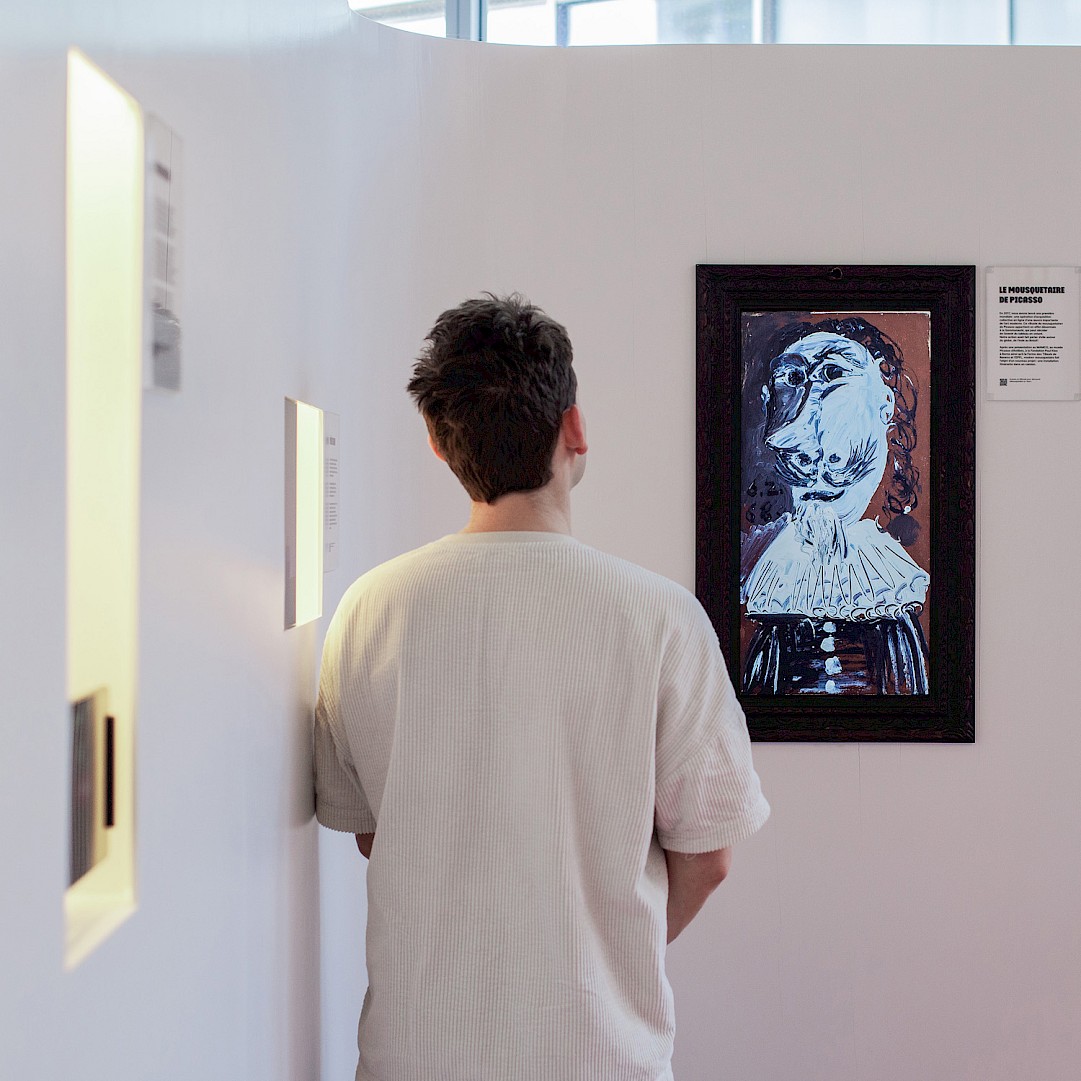INT studio
FR
Three interactive installations for QoQa
2024
QoQa
INT studio has been commissioned to create three interactive installations showcasing key products sold by the brand since its beginnings. The installations are positioned at the entrance to QoQa's new headquarter in Bussigny to welcome visitors and arouse their curiosity about the history of some of their major projects. The devices are designed to be modular and to accommodate new objects in the future.

Megalutra
Unearthed on 19 March 2010 during construction work on the HQ, this 10 to 15 million-year-old skeleton belongs to a hitherto completely unknown species of otter, called Megalutra Bussenius. The otter has long been the mascot of the QoQa brand. The installation invites visitors to click on the tablet to activate its movement. It moves up and down - thanks to a motorised system - scanning the skeleton and bringing the Megalutra to life in its former environment.
Token piece
Located at the heart of HQ, the QoQa Brewery is a unique tokenisation project. To thank those who believed in the project and made it possible, QoQa made and sent these two coins symbolising their tokens. This mechanical installation plays with parallax and anamorphosis. The two coins - representing tokenisation - are positioned on a constantly rotating plate. They are animated and augmented through a screen as they pass behind it.
Picasso's musketeer
In 2017, QoQa launched a world first: a collective online acquisition of an important work of modern art. This Picasso musketeer bust now belongs to the Qommunity, which can decide the painting's future by voting. When visitors walk past Picasso's painting, it appears to be alive, following the curious passers-by with its eyes. To track movement, a webcam has been hidden in the frame of Picasso's replica.
Documentation






